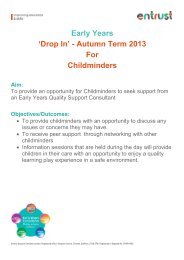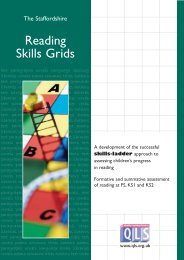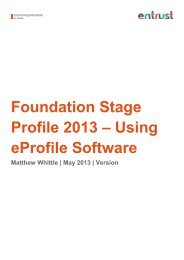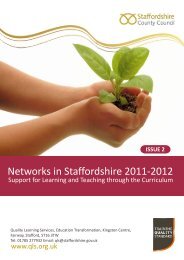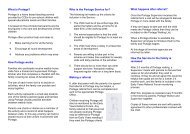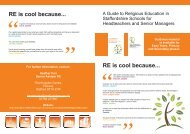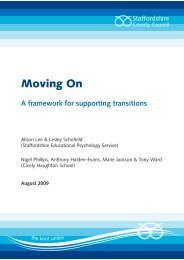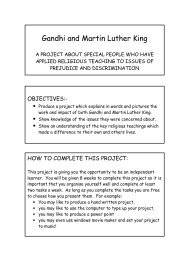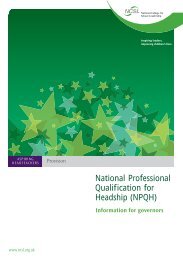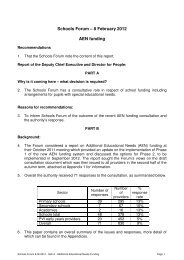CLLD Phonics at Key Stage 2 - School-Portal.co.uk
CLLD Phonics at Key Stage 2 - School-Portal.co.uk
CLLD Phonics at Key Stage 2 - School-Portal.co.uk
Create successful ePaper yourself
Turn your PDF publications into a flip-book with our unique Google optimized e-Paper software.
26 of 35 The N<strong>at</strong>ional Str<strong>at</strong>egies ⏐ Primary<br />
<strong>CLLD</strong> <strong>Phonics</strong> <strong>at</strong> <strong>Key</strong> <strong>Stage</strong> 2<br />
Appendix 2 – Teaching and practising<br />
segmenting VC and CVC words for spelling<br />
Teaching segment<strong>at</strong>ion for spelling is a <strong>co</strong>mbin<strong>at</strong>ion of oral segment<strong>at</strong>ion and letter recall. Some<br />
children need a lot of practice before they grasp CVC segment<strong>at</strong>ion.<br />
Phoneme frame<br />
Resources<br />
• Large two-phoneme or three-phoneme frame drawn on a magnetic or IWB as illustr<strong>at</strong>ed:<br />
• Selection of magnetic letters (e.g. sets 1 and 2 letters) displayed on a whiteboard.<br />
• List of words (visible only to the teacher).<br />
• Small phoneme frames, each with a selection of magnetic letters, or six-letter fans, one per<br />
child or pair of children.<br />
Procedure<br />
This sequence of suggestions will require building over a few days. Children should<br />
be able to spell VC words before moving on to spell CVC words.<br />
• Say a VC word (e.g. <strong>at</strong>) and then say it in ‘sound-talk’.<br />
• Say another VC word (e.g. it) and ask the children to tell their partners wh<strong>at</strong> it would be in<br />
‘sound-talk’.<br />
• Demonstr<strong>at</strong>e finding the letter i from the selection of magnetic letters; put it in the first square<br />
on the phoneme frame and the letter t in the se<strong>co</strong>nd square; ‘sound-talk’ i-t and then say it.<br />
• Say a CVC word (e.g. jam) and ask the children to tell their partners wh<strong>at</strong> it would be in<br />
‘sound-talk’.<br />
• Ask the children to tell you wh<strong>at</strong> to put in the first square in the phoneme frame and then in<br />
the se<strong>co</strong>nd.<br />
• Ask the children to make the word on their own phoneme frames or fans.<br />
• If all the children have frames or fans, ask them to check th<strong>at</strong> they have the same answer as<br />
their partners. If the children are sharing, they ask their partner whether the partners agree.<br />
• Ask the children to hold up their frames or fans for you to see.<br />
• Repe<strong>at</strong> with another CVC word (e.g. wet).<br />
• Repe<strong>at</strong> with a number of other three-phoneme (CVC) words.<br />
When children are secure with segmenting CV and CVC words, the same process can be used<br />
for segmenting CVCC words (e.g. hump) and CCVC words (e.g. spot).<br />
Learning to spell and practising tricky words<br />
Children should be able to read these words before being expected to learn to spell them.<br />
the to I go no<br />
__• • • • • • • •<br />
01058-2009DOC-EN-01 © Crown <strong>co</strong>pyright 2009



